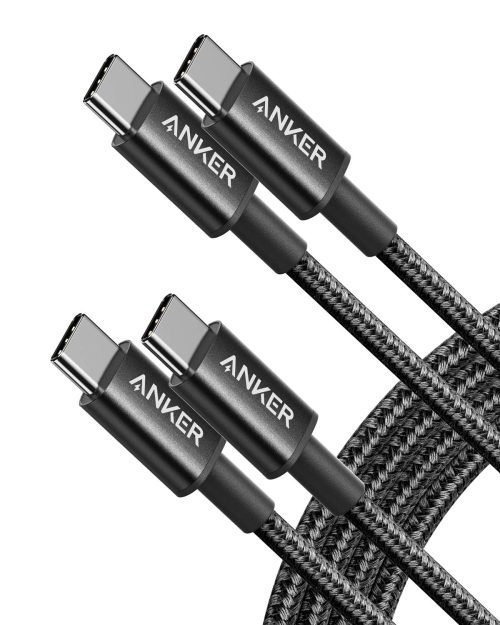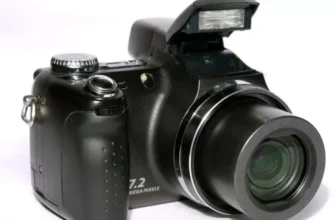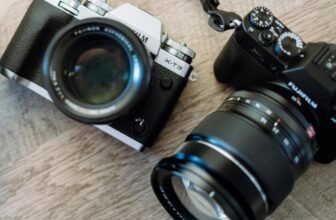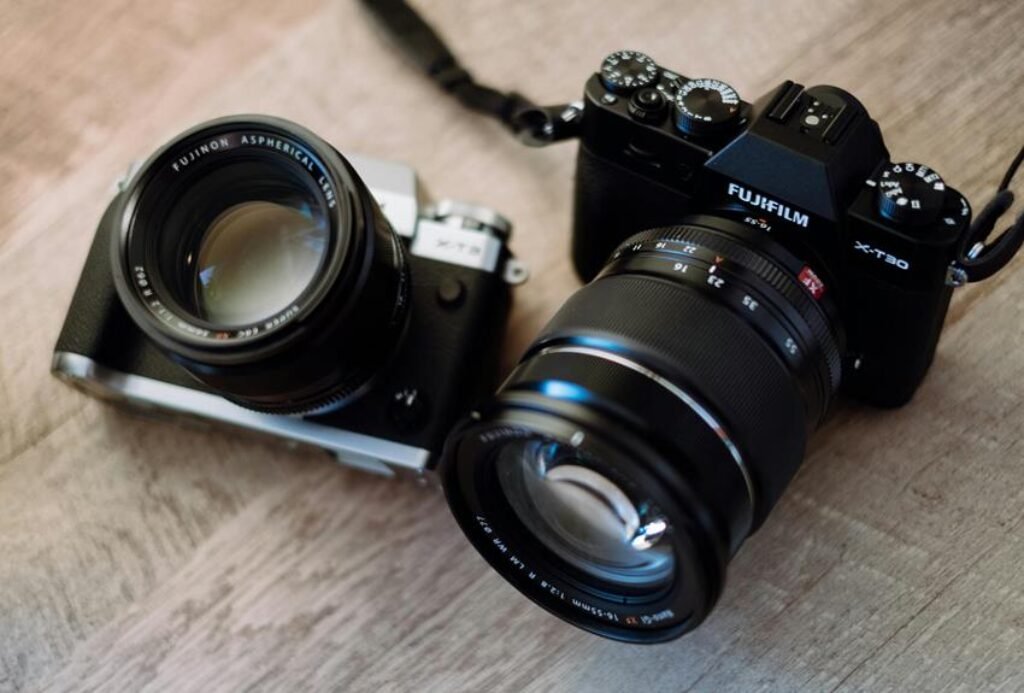
Have you noticed the shift towards mirrorless cameras over DSLRs in the photography industry? The reasons behind this trend are compelling. Imagine a camera that offers advanced features, precise focusing, and flexibility in a smaller, lightweight package. These cutting-edge devices are revolutionizing the way photographers capture moments. Stay tuned to uncover more about the rise of mirrorless cameras and why they are becoming the preferred choice for many professionals and enthusiasts alike.
Compact Size and Lightweight Design
When choosing between mirrorless cameras and DSLRs, consider the compact size and lightweight design as key factors influencing your decision. Mirrorless cameras, unlike DSLRs, don’t have a mechanical mirror system, allowing for a more compact and lightweight build. This difference makes mirrorless cameras easier to carry around for extended periods, especially during travel or long photo shoots. You’ll appreciate the convenience of a lighter camera, reducing strain on your hands and shoulders.
The compact size of mirrorless cameras also means they’re less conspicuous, making them great for street photography or situations where you want to blend in seamlessly. Their smaller form factor can be advantageous in capturing candid moments without drawing too much attention to yourself. Additionally, the reduced weight and size make mirrorless cameras ideal for photographers who prioritize mobility and versatility in their gear choices. Ultimately, the compact and lightweight design of mirrorless cameras can significantly enhance your overall photography experience.
Advanced Autofocus Systems
Considering the advantages of compact size and lightweight design, the discussion now shifts to the advanced autofocus systems found in mirrorless cameras and DSLRs. Autofocus is crucial in photography, ensuring that your subjects are sharp and in focus. Mirrorless cameras often have an edge over DSLRs when it comes to autofocus technology. They utilize contrast-detection or phase-detection autofocus systems directly on the image sensor, allowing for precise and fast focusing. These systems can cover a large area of the frame, making them ideal for tracking moving subjects accurately.
Additionally, mirrorless cameras often feature advanced autofocus algorithms that enable eye-tracking and subject recognition, enhancing portrait and action photography. Some models even offer artificial intelligence for predictive autofocus, adjusting focus before you even press the shutter button.
On the other hand, DSLRs traditionally use phase-detection autofocus sensors located within the camera body. While these systems have been reliable for years, they may struggle in certain lighting conditions or when tracking fast-moving subjects. However, high-end DSLRs also offer sophisticated autofocus systems that can rival those found in mirrorless cameras.
Electronic Viewfinders (EVFs)
Electronic Viewfinders (EVFs) provide photographers with a digital display of the scene in real-time, offering a clear and detailed preview before capturing the image. Unlike traditional DSLRs that use optical viewfinders, EVFs show exactly what the camera sensor sees, including exposure adjustments and depth of field effects. This real-time feedback allows you to make precise composition decisions and adjust settings on the fly without taking your eye off the viewfinder.
One significant advantage of EVFs is their ability to simulate different shooting conditions. You can preview how changes in settings like aperture, shutter speed, and ISO will affect the final image before pressing the shutter button. Additionally, EVFs often display overlays with helpful information such as histograms, electronic levels, focus peaking, and gridlines, enhancing your overall shooting experience.
Modern EVFs have evolved to offer high resolution, fast refresh rates, and customizable displays, making them indispensable tools for photographers looking for accuracy and convenience in their workflow.
Technological Innovation and Features
Moving forward in our discussion, the advancements in technological innovation and features have played a significant role in shaping the capabilities of mirrorless cameras and DSLRs. Mirrorless cameras are known for their compact size, made possible by innovations like electronic viewfinders, in-body image stabilization, and silent shooting modes. These features provide photographers with more flexibility and convenience when capturing images. Additionally, mirrorless cameras often incorporate cutting-edge technology such as advanced autofocus systems with eye-tracking capabilities, high-resolution electronic viewfinders, and real-time subject tracking for both stills and videos.
On the other hand, DSLRs have also seen improvements in recent years, adapting to stay competitive in the market. Many DSLRs now come equipped with features like high-resolution sensors, fast phase-detection autofocus systems, and robust build quality. However, the larger size and heavier weight of DSLRs can be a drawback for photographers looking for a more portable option. Overall, both mirrorless cameras and DSLRs continue to push the boundaries of technological innovation, providing photographers with a range of features to suit their individual needs.
Trending Products

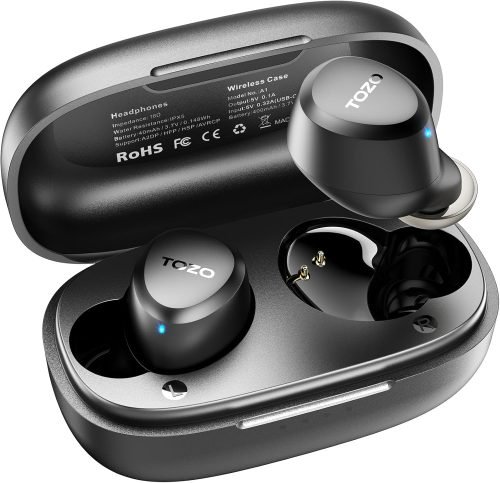

![Apple Watch Series 10 [GPS + Cellular 46mm case] Smartwatch with Silver Aluminium Case with Denim Sport Band – M/L. Fitness Tracker, ECG App, Always-On Retina Display, Water Resistant](https://beastlytechs.com/wp-content/uploads/2025/03/61szkHk7xfL._AC_SL1500_-499x593.jpg)


